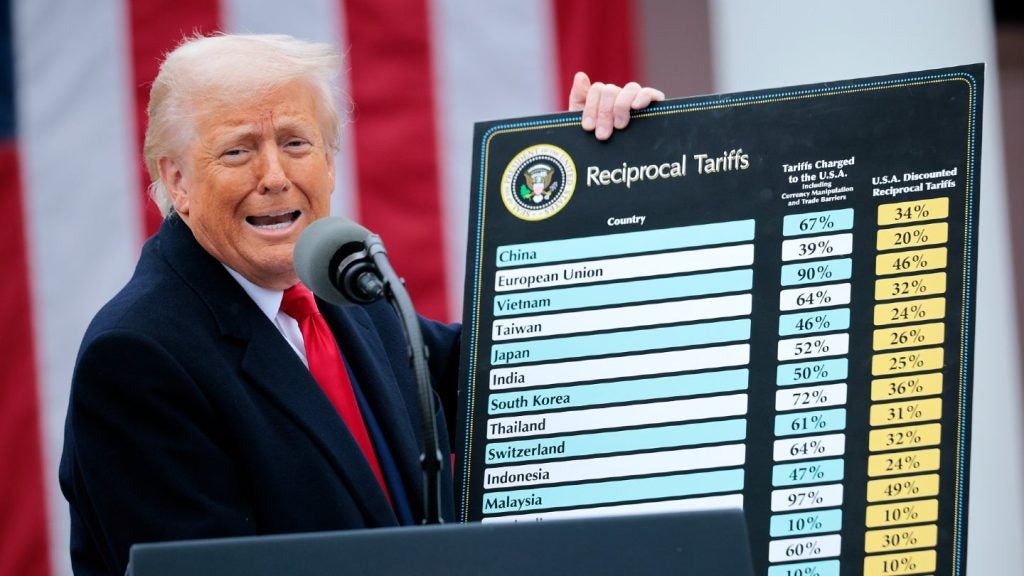
The UK minimum wage will rise again on Easter Sunday 2018 (which just happens to be 1 April). However, none of the increases match independently-calculated rates of the amount individuals and families need to live.
The obligatory minimum wage – the amount employers must pay workers, per hour, by law – will go up from £7.50 to £7.83 ($10.90) for those aged 25 and over, and will increase from £7.05 to £7.38 for people between 21 and 24 years old.
Workers in the 18-20 age bracket will see their minimum wage got up to £5.90 (from £5.60) and under-18s can now not be paid less than £4.20 (up from £4.05).
The change means the UK will have the fourth highest nominal wages per hour in dollars of any country in the world (for those over 25), up from ninth previously.
[visualizer id=”152415″]Apprentices under the age of 19, or in the first year of their apprenticeship, are entitled to the apprentice rate, which is increasing to £3.70 from £3.50.
The wage rises were announced by Chancellor Phillip Hammond last year. For people aged 25 and over, the rise amounts to 4.7% or around £600 more a year for full time workers.
The UK minimum wage isn’t very clear
Confusingly, while the minimum wage for the over-25 age bracket is called the National Living Wage by the government, it remains significantly below so-called Living Wage rates.
The Living Wage is calculated as the minimum income that an ordinary full time worker – typically someone working 40 hours a week with no additional income – needs to afford a modest, but decent, standard of living.
A living wage can also be defined as the necessary wage needed to keep a family of four above the poverty line, which is the very minimum level of income deemed adequate in any specific country.
Living wages vary by location and household type but, generally speaking, it is enough to provide for: food; housing; utilities; health care; transport; child care; and a small margin for emergencies and unforeseen events.
Most living wages are calculated by drawing on the Minimum Income Standard, a basket of goods thought crucial to achieving a socially acceptable living standard. This means that, as modern life changes, the costs it is necessary for income to cover do too – 20 years ago it might not have been expected to cover mobile phone data and internet access, but it is now.
Read more: How wages will grow in OECD countries in 2018
In Britain, the real living wage is calculated every year by the Living Wage Foundation, which also campaigns for employers to voluntarily promise to meet it. For all boroughs in Greater London, it is currently £10.20 an hour.
Outside London, it is £8.75. Both are significantly higher than the government’s minimum wage (which also makes no exceptions for those living in more expensive areas like London).
Another definition of a living wage as one that is on the “poverty threshold wage”, plus a margin of 15% to protect against unforeseen events.
This notion of a poverty threshold wage is important, and it helps highlight the difference between the minimum wage under UK law and actual living wages.
Britain, along with the rest of the EU, defines a poverty threshold wage as 60% of median salaries (that is, the salary in the middle if everyone’s are lined up).
How the UK minimum wage is set
The minimum wages set by the government, including the increased ones that will come into effect on 1 April, are aimed at reaching 60% of the median wage across the country by 2020. This means that minimum wages are currently below the poverty threshold wage – and significantly below the living wage.
A household subsisting on just minimum wages will have an income below 60% of the median and will be in “relative poverty”, defined as being unable to afford an “ordinary living pattern” and being excluded from opportunities and activities that the average person enjoys.
The Office of National Statistics use the 60% of the median benchmark to indicate if someone is “at risk of poverty”.







